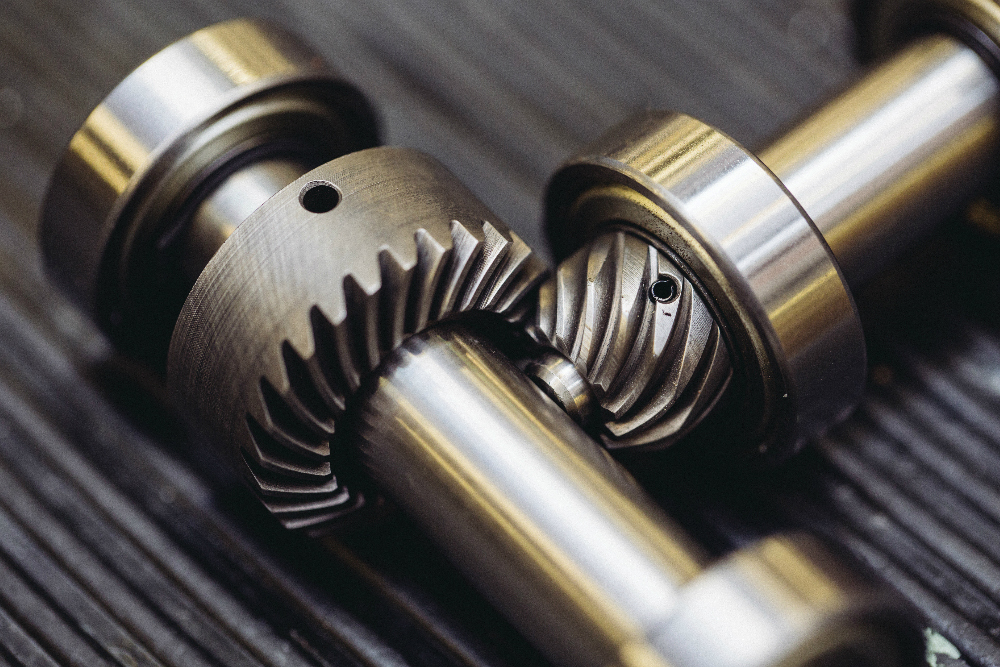Gear is used in almost all industries and mechanical engineering. A gear is a rotating, non-locking, cylindrical part with cut end teeth, that mesh effectively with another toothed component to transmit torque. A gear can also be called a worm drive. Gears can change the direction, speed, and force of an electric current. Most gears are used in automobile engines to control the rotation of the wheels of the vehicles.
Gear designs range from simple, one or two gear wheels meshed together, to highly complex 3 or more gear units rotating at different speeds. Gear designs have significant effect on the operation and performance of mechanical systems. A basic understanding of gear design characteristics can significantly improve a craftsmen’s ability in selecting, installing, maintaining, repairing, and using gears.
Gears in mechanical devices are often grouped into two major categories: positive and negative. Gears with positive torque transfer motion in one direction only, while gears with negative torque transfer motion in both directions. Gears with positive torque are used to transmit motion directly in one direction only, while gears with negative torque are used to transmit motion in both directions. Gears with positive torque are referred to as being “unlimited”, while gears with negative torque are referred to as “limited.” Gear ratios, which are the ratio of gears to shafts, can vary significantly depending on the application. Gears have a significant influence on the performance of many types of machines, including cars, ships, trains, helicopters, airplanes, and boats.
Many different manufacturing processes employ the use of gears. For example, some automobiles have gearboxes with one gearbox per drive axle. This type of ratio requires that every vehicle drive at the same speed, so it is often called “leveling” or “consolidated.” Automakers frequently employ this type of ratio when designing heavy-duty vehicles.





